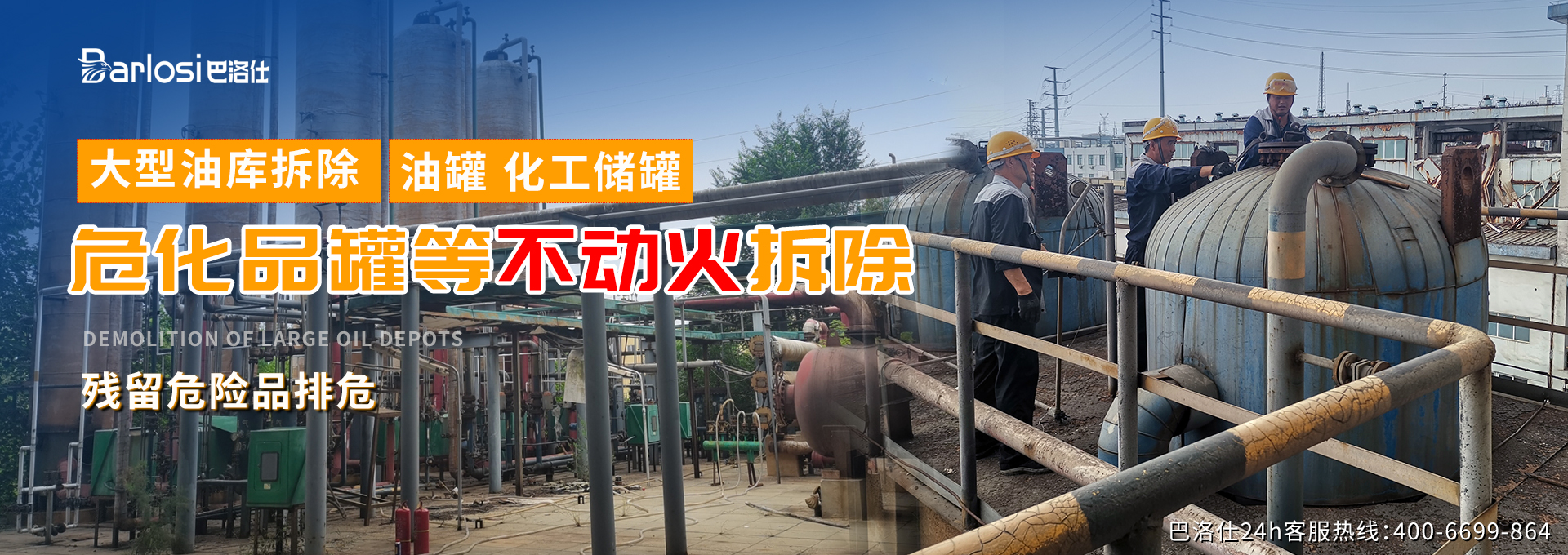
ARTICLE ABSTRACT:
This article discusses the methods and procedures used in the dismantling of equipment in the Xishan area. It covers the various steps involved in the process, from planning and preparation to the execution of the project. The article also mentions the importance of environmental sustainability and safety, and the need for specialized equipment and techniques such as the use of water jet cutting technology. The article concludes with an evaluation of the benefits of efficient equipment dismantling practices and their usefulness in promoting sustainable development.
Introduction
Dismantling equipment in the Xishan area is a complex process that requires careful planning and execution. In this article, we will explore the various steps involved in the process, including the preparation phase, equipment dismantling, waste management, and environmental protection measures. We will also examine the use of specialized equipment and techniques in the process.
Planning and Preparation
Before any dismantling activities can commence, thorough planning is essential. The first step involves a comprehensive site survey, which takes into account the physical attributes of the equipment to be dismantled, as well as the surrounding environment. This survey helps in identifying potential hazards that might arise during the dismantling process.
The next step involves putting together a detailed work plan that outlines the scope of the project, the number of personnel required, and the equipment and resources needed to execute the project. The work plan should also include contingency measures that can be put in place to tackle unforeseen challenges that might arise during the process.
Dismantling Equipment
During the dismantling phase, equipment is carefully disassembled and prepared for disposal. In this phase, the use of specialized equipment and techniques such as the water jet cutting technology used by the Barrister Group is critical. This type of technology allows for precise cutting of equipment and minimal damage to the surrounding environment.
After dismantling, the equipment is transported to a designated site for further processing. At this stage, the careful handling of equipment and waste products is crucial to ensure that minimal damage is done to the surrounding environment.
Waste Management
Waste management is an essential component of any equipment dismantling project. It involves the proper collection, transportation, and disposal of waste products that result from the dismantling process. The goal is to minimize the amount of waste that ends up in landfills and to ensure that any hazardous waste is disposed of in a safe and environmentally friendly manner.
During the dismantling process, waste products such as hazardous waste, oil, and sludge are carefully collected and transported to designated waste management sites. At these sites, proper disposal measures such as recycling and treatment are carried out to minimize the environmental impact of the waste.
Environmental Protection
Environmental protection measures should be implemented throughout the equipment dismantling process. This involves the use of specialized equipment and techniques that minimize the environmental impact of the project. The use of water jet cutting technology, for example, is one way to reduce the amount of waste generated during the dismantling process.
Other measures, such as the use of dust suppression techniques, are also used to reduce the amount of dust generated during the project. These measures help to protect the health and safety of workers as well as the surrounding environment.
Conclusion
Efficient equipment dismantling practices are essential for promoting sustainable development. Proper planning and preparation, the use of specialized equipment and techniques such as water jet cutting, waste management, and environmental protection measures are critical components of any equipment dismantling project. These measures help to ensure that the project is executed safely and sustainably, with minimal environmental impact.
化学废料

 400-6699-864
400-6699-864

 全国服务热线
全国服务热线

